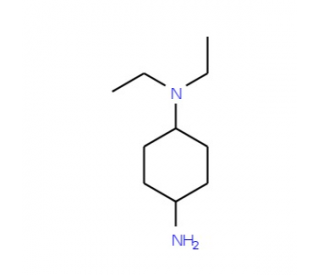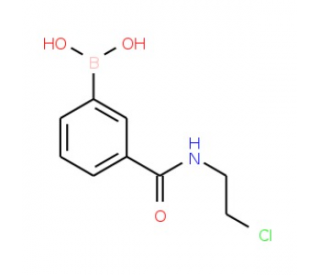详细说明
Species Reactivity
Mouse
Specificity
Detects mouse C1q R1/CD93 in direct ELISAs.
Source
Monoclonal Rat IgG 2B Clone # 223437
Purification
Protein A or G purified from hybridoma culture supernatant
Immunogen
Mouse myeloma cell line NS0-derived recombinant mouse C1q R1/CD93
Ala23-Asn572
Accession # O89103Formulation
Lyophilized from a 0.2 μm filtered solution in PBS with Trehalose. *Small pack size (SP) is supplied as a 0.2 µm filtered solution in PBS.
Label
Unconjugated
Applications
Recommended
ConcentrationSample
Flow Cytometry
2.5 µg/10 6 cells
See below
CyTOF-ready
Ready to be labeled using established conjugation methods. No BSA or other carrier proteins that could interfere with conjugation.
Immunocytochemistry
8-25 µg/mL
Immersion fixed M1 mouse myeloid leukemia cell line
Please Note: Optimal dilutions should be determined by each laboratory for each application. are available in the Technical Information section on our website.
Data Examples
Flow Cytometry | Detection of C1q R1/CD93 in M1 Mouse Cell Line by Flow Cytometry. M1 mouse myeloid leukemia cell line was stained with Mouse C1q R1/CD93 Monoclonal Antibody (Catalog # MAB1696, filled histogram) or isotype control antibody (Catalog # , open histogram), followed by Allophycocyanin-conjugated Anti-Rat IgG F(ab')2 Secondary Antibody (Catalog # ). |
Preparation and Storage
Reconstitution
Reconstitute at 0.5 mg/mL in sterile PBS.
Shipping
The product is shipped at ambient temperature. Upon receipt, store it immediately at the temperature recommended below. *Small pack size (SP) is shipped with polar packs. Upon receipt, store it immediately at -20 to -70 °C
Stability & Storage
Use a manual defrost freezer and avoid repeated freeze-thaw cycles.
12 months from date of receipt, -20 to -70 °C as supplied.
1 month, 2 to 8 °C under sterile conditions after reconstitution.
6 months, -20 to -70 °C under sterile conditions after reconstitution.
Background: C1q R1/CD93
Complement component 1, q subcomponent receptor (C1q R1), also known as C1q Rp, Collectin receptor and AA4 antigen in rodents, mediates enhanced phagocytosis by monocytes and macrophages upon interaction with soluble defense collagens including C1q, MBL (mannose-binding lectin) and SP-A (pulmonary surfactant protein A) (1, 2). It is a type I transmembrane glycoprotein expressed on endothelial cells, hematopoietic progenitor cells, platelets and cells of myeloid origin. C1q R1 has also been identified as a stem cell marker (3, 4).
References:
Kim, T.S. et al. (2000) Mol. Immunol. 37:377.
Dean, Y.D. et al. (2001) Eur. J. Immunol. 31:1370.
Petrenko, O. et al. (1999) Immunity 10:691.
Danet, G.H. et al. (2002) Proc. Natl. Acad. Sci. USA 99:1044.
Long Name:
Complement Component C1q Receptor
Entrez Gene IDs:
22918 (Human); 17064 (Mouse); 84398 (Rat)
Alternate Names:
AA4 Antigen; C1q R1; C1q receptor 1; C1q Rp; C1q/MBL/SPA receptor; C1qR(P); C1qR1; C1qRp; CD93 antigenC1qR; CD93 molecule; CD93; CDw93C1QR1; Collectin Receptor; Complement component 1 q subcomponent receptor 1; complement component 1, q subcomponent, receptor 1; complement component C1q receptor; dJ737E23.1; ECSM3; Ly68; Matrix-remodeling-associated protein 4; matrix-remodelling associated 4; MXRA4










 粤公网安备44196802000105号
粤公网安备44196802000105号